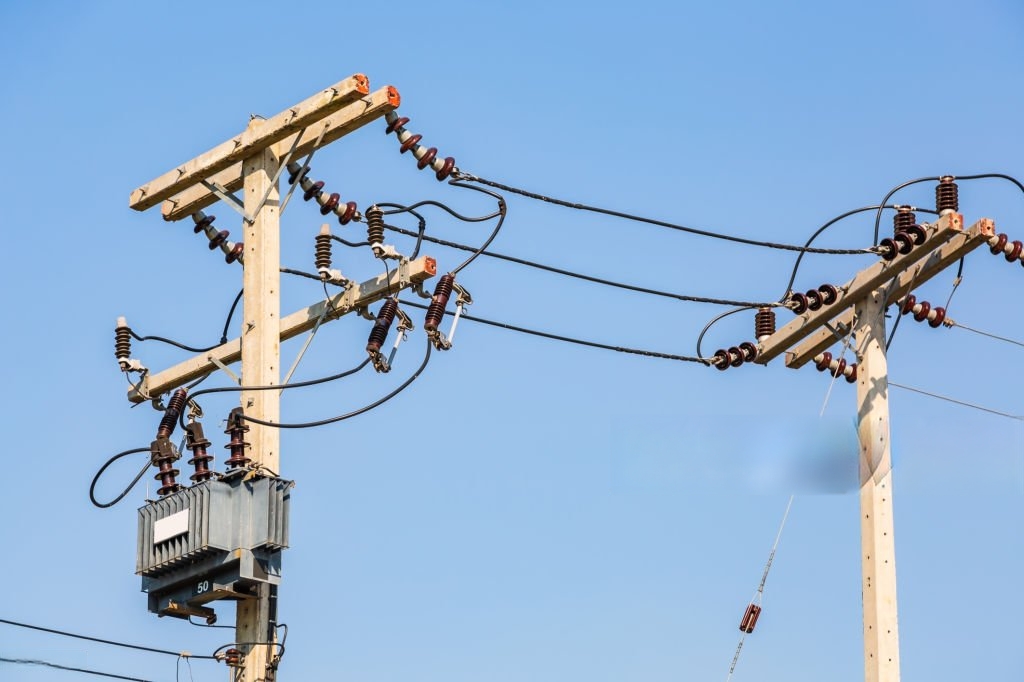
Introduction
Electricity is the backbone of modern civilization, powering industries, homes, and businesses. One of the most efficient ways to transmit and distribute electrical power is through three-phase voltage systems. In this article, we will explore what three-phase voltage is, its advantages, how it is generated, how it differs from single-phase systems, and its common applications.
What is Three-Phase Voltage?
Three-phase voltage is a polyphase system that uses three alternating currents (AC) with a phase difference of 120 degrees between each. This means that while one phase reaches its peak voltage, the other two are at different points in their cycles, ensuring a continuous and balanced power supply.
Key Characteristics of Three-Phase Voltage:
- Three live wires (phases) + Neutral (optional) + Ground
- Voltage levels: Common standards include 208V, 240V, 380V, 400V, 415V, 480V (varies by country)
- Frequency: Typically 50Hz or 60Hz depending on the region
How is Three-Phase Voltage Generated?
Three-phase power is produced in power plants using three-phase generators (alternators). Inside the generator, three separate windings are placed 120 degrees apart, creating three sinusoidal voltage waveforms offset from each other.
Generation Process:
- Mechanical Energy (from turbines) rotates the generator’s rotor.
- Electromagnetic Induction generates three separate AC voltages.
- Transmission & Distribution: The three-phase power is stepped up via transformers for efficient long-distance transmission, then stepped down for industrial and commercial use.
Advantages of Three-Phase Voltage Over Single-Phase
Three-phase power is widely preferred for industrial and high-power applications due to its numerous benefits:
1. Higher Power Efficiency
- Delivers more power with less conductor material compared to single-phase.
- Balanced load distribution reduces energy losses.
2. Smooth Power Delivery
- The 120-degree phase difference ensures continuous power flow, eliminating power dips.
- Ideal for running heavy-duty motors without fluctuations.
3. Cost-Effective for Industries
- Requires less copper for transmission compared to single-phase for the same power output.
- More efficient for large-scale machinery.
4. Better for Electric Motors
- Three-phase motors are self-starting, more efficient, and have higher torque than single-phase motors.
- No need for additional starting capacitors.
5. Flexibility in Voltage Options
- Can provide both line-to-line (phase-to-phase) and line-to-neutral voltages, making it versatile for different applications.
Difference Between Single-Phase and Three-Phase Voltage
| Feature | Single-Phase | Three-Phase |
|---|---|---|
| Number of Wires | 2 (Live + Neutral) | 3 or 4 (3 Live + Neutral) |
| Voltage Supply | 120V/230V (varies) | 208V/400V/480V (varies) |
| Power Delivery | Pulsating (peaks & dips) | Continuous & balanced |
| Efficiency | Lower (suitable for homes) | Higher (for industries) |
| Motor Performance | Requires capacitor start | Self-starting, smoother operation |
| Applications | Lighting, small appliances | Factories, large motors, data centers |
Common Applications of Three-Phase Voltage
Three-phase power is essential in high-demand environments:
1. Industrial Machinery
- Heavy motors, compressors, CNC machines.
2. Commercial Buildings
- Shopping malls, hospitals, data centers.
3. Renewable Energy Systems
- Large solar farms, wind turbines.
4. Electric Vehicle Charging Stations
- Fast DC chargers often use three-phase supply.
5. Large HVAC Systems
- Air conditioning units in skyscrapers.
Conclusion
Three-phase voltage is the backbone of industrial and high-power electrical systems due to its efficiency, reliability, and cost-effectiveness. While single-phase is sufficient for residential use, three-phase power is indispensable for running heavy machinery and large-scale operations. Understanding the differences and advantages helps in selecting the right power system for specific needs.
Would you like to know more about how three-phase power is used in renewable energy or industrial automation? Let me know in the comments!
